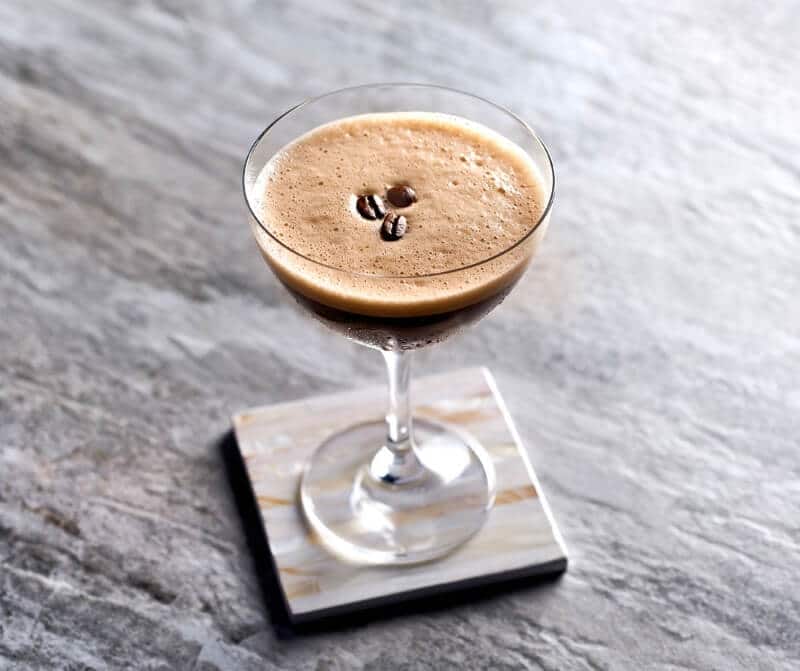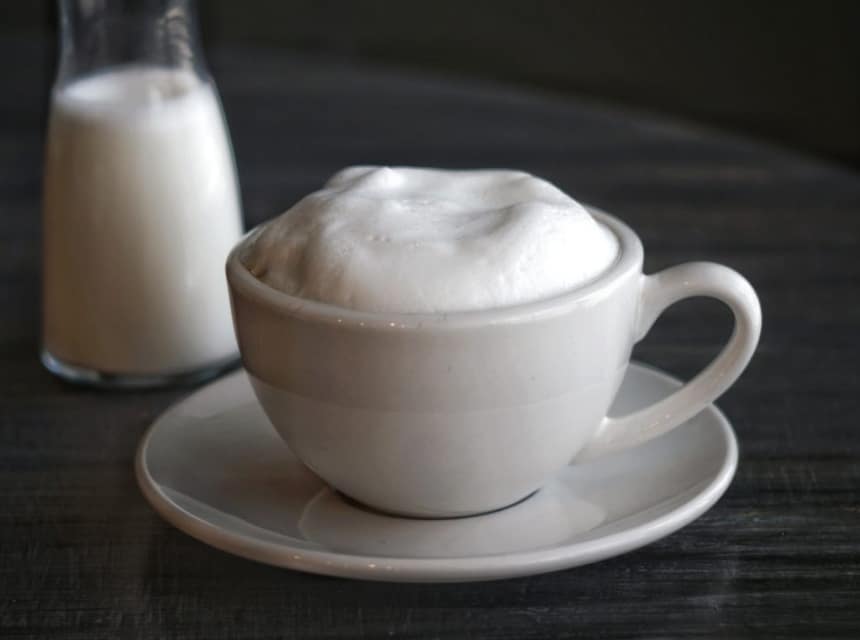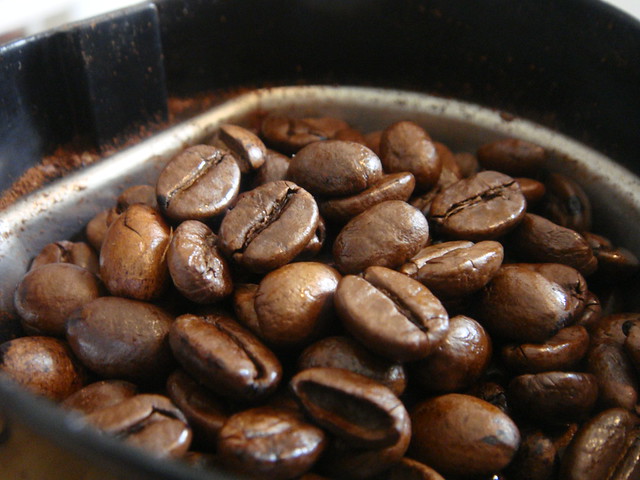

While walking through the coffee section at your regular supermarket or grocery store, you’ve probably noticed that coffee beans and espresso beans are packaged and sold differently. This raises questions on what could be the differences between espresso beans and coffee beans.
For coffee aficionados, finding out how espresso beans vs coffee beans compare could help you pick better the next time you’re in this section of the store. It can also influence how you see and consume coffee as a whole. Find out what differences there may be between these two types of beans below.
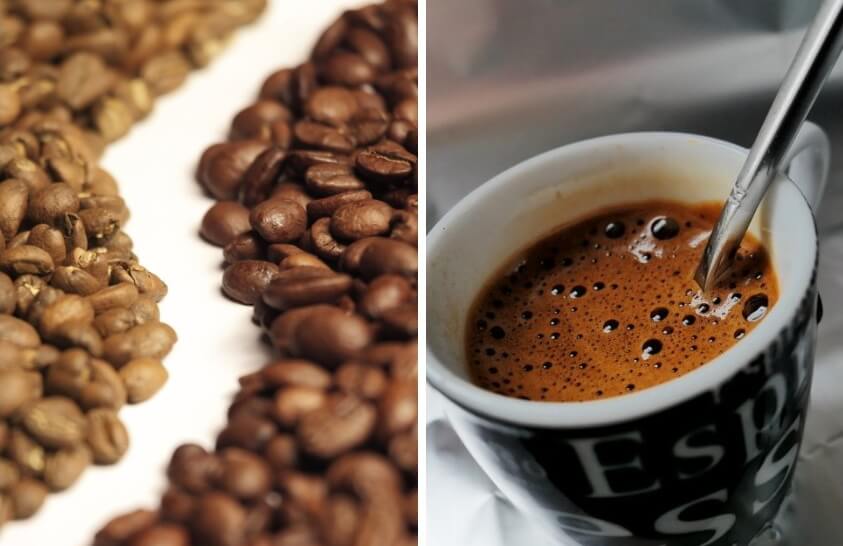
When brewed correctly, the taste, texture, and caffeine content of the beverage are unique. That said, there may be slight differences in the Arabica and Robusta espresso blends, although that is true for all coffee beverages in general.
Nevertheless, when you compare espresso beans vs. regular coffee beans, you’ll notice the former is always dark roasted and oily. This is not to say that regular coffee beans cannot be dark and oily. However, they can feature other characteristics as well, while for espresso beans, these qualities are non-negotiable.
If you do need to find the best espresso beans and wonder what high-quality options are available, you can find them from the link.
Objectively looking at and comparing coffee beans vs. espresso beans, you notice that the former is available in a wider array of options. As we mentioned above, it’s available in a dark and oily roast, but it’s also available in medium and light roasts as well.
For those wondering how to find the best light roast coffee beans, the linked guide can help identify what options to look at.
Also, this is only one in a range of differences that might incorporate elements like caffeine, taste, grinding, and more, with details on that below.
Some coffee beans have pretty bizarre methods of making but taste incredible in the end. We, of course, talk about Kopi Luwak beans:
Ultimately, most people want to know whether you can use regular coffee for espresso and vice versa. If not, what are the differences that make it a bad idea? Keep reading and find out.
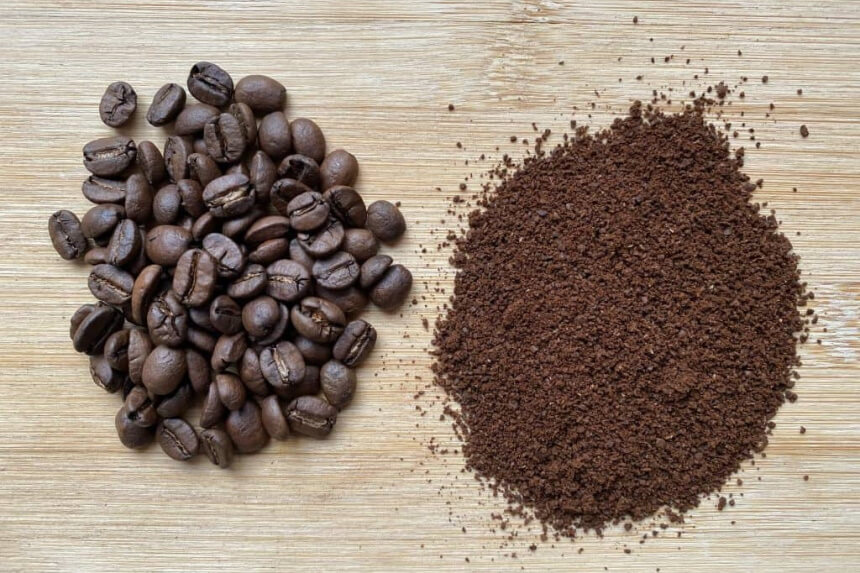
However, it’s different for the grinds. Espresso recipes insist on using fine particles, while with regular coffee, it’s the dealers’ or customers’ choice. The barista of the day can choose from superfine grinds to extra course coffee and all the other options in between.
Here, the type of bean, i.e., Arabica or Robusta, will have a more significant effect on the aroma than whether they are espresso or regular coffee beans. You may even find the smell of dark roast Arabica coffee to be quite similar to Arabica espresso beans.
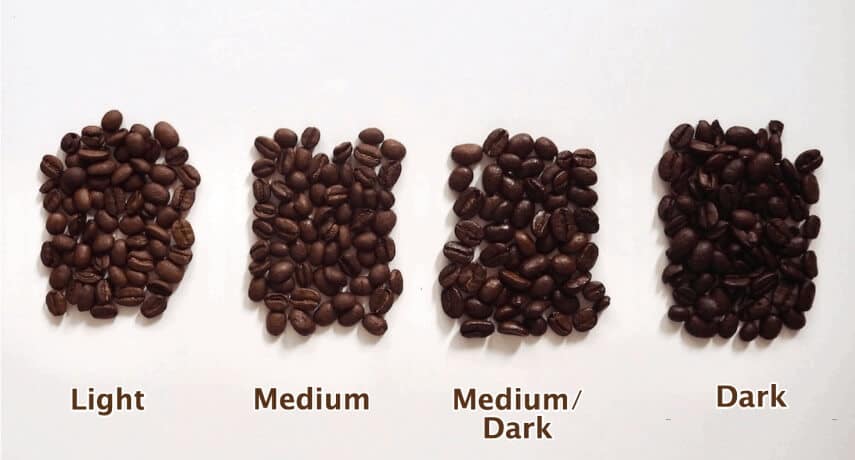
Comparatively, you get a few additional roast options when it comes to regular coffee. These include light roast and medium roast, although you can still get it in medium-dark and dark options as well.
The origin will also affect the flavors and fragrances of the coffee and espresso beans. For instance, Arabica coffee from Honduras tends to have vanilla or hazelnut notes. Also, according to reviewers, one of the most revered coffee options from Honduras is the Subtle Earth Organic Coffee. As suggested by the name, the coffee is certified organic with chocolate flavors.
Nevertheless, the origin is typically not a determinant factor in whether the beans are processed into espresso beans or regular coffee beans.

According to reviewers and experts, this Gaggia Espresso Machine is quite a reliable espresso machine with programmable brewing options for one-touch coffee beverages. However, even if the machine extracts a higher density of caffeine, regular coffee cups tend to have more caffeine attributed to the volume of the beverage. Remember, a single shot of espresso is one ounce of liquid, while regular coffee brewing uses more liquids.
The specific numbers are 40-75 mg of caffeine per shot of espresso, while regular coffee mugs contain about 85-185 mg. In other words, if you take a double shot espresso, you might even exceed the caffeine content of a single coffee mug.
However, you can only take so much coffee or espresso in a day. According to science alert Trusted Source Biologists Say This Is The Ideal Number of Coffees a Day For Heart Health, And It's Totally Nuts Four cups of strong coffee a day might be the recipe for a healthy heart, especially for older adults. www.sciencealert.com , you shouldn’t take more than four coffees, including espressos, in a day as that may cause health issues.

Espresso beans are ground to fine particles, while for regular coffee, you have various grind options to choose from. Even a course grind can provide you with a blend of coffee that suits your taste buds.
Can you make espresso with coffee beans?
Technically yes. You can do it if the roast is similar. However, you’ll find that the taste and experience are entirely different for lighter roasts. Additionally, if the roast of the coffee is too dark, it may be problematic while grinding due to the extra oil.
Are espresso beans stronger than coffee?
Technically no. The brewing process is just more efficient at extracting flavor and caffeine from the grinds.
Are coffee beans and espresso beans the same? As shown above, the answer is relatively complicated. They might use the same beans from the same origins, but their processing brings about some differences. Notably, these differences are further exacerbated by the brewing differences. Nevertheless, the espresso beans vs. coffee beans debate and explanation above should provide information on both the similarities and differences. If you still have other questions on these two types of beans, you can ask for clarity or additional information in the comments section below.

